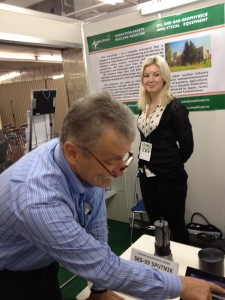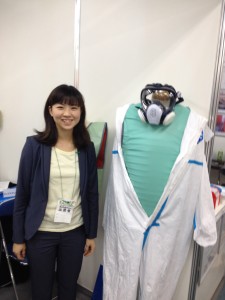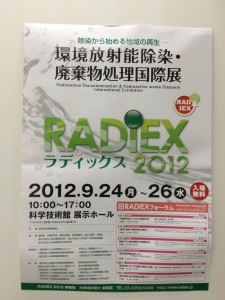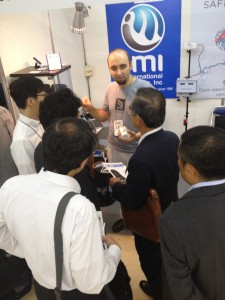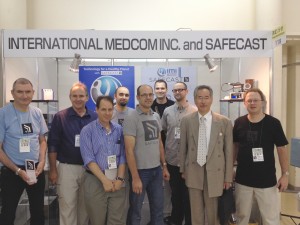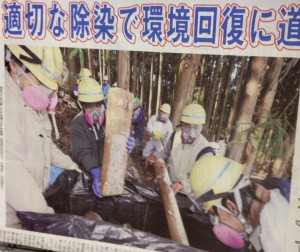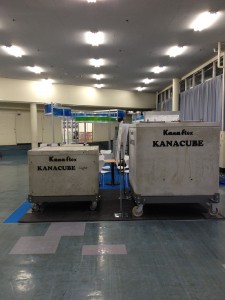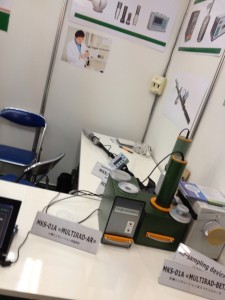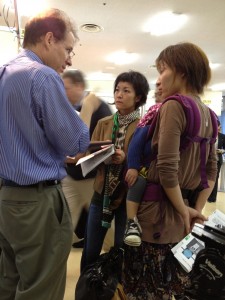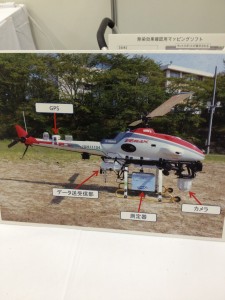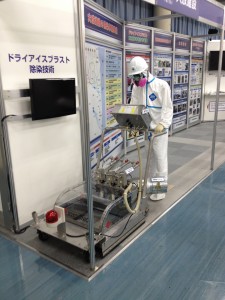Many people ask me about how to share radiation data. Things just got easier thanks to Safecast. It’s created by their talented team of techie volunteers.
Here are instructions on how to submit radiation data using their new API:
Everything you need is at http://api.safecast.org
Take a moment and look through the links there.
There is a web form that allows you to upload a bGeigie log file or submit a single measurement. A bGeigie, or bento-sized geiger counter with data logger created by Safecast, allows data to be collected with gps coordinates. These can be obtained from Safecast if you are in Japan. They donate them to communities and individuals who will use them to add data to the Safecast maps. A kit version of the small version of the bGeigie will be available in coming weeks from IMI-International Medcom. For single measurement submissions you will be asked your location and what type of instrument you are using.
Sean Bonner, Safecast Global Director tells us that you can also access the API documentation to see how to interface with that directly. With the API you can submit data directly, but you can also query specific parameters (dates, locations, submitter, etc) – there’s no front end UI for this yet so it only works in code, but Safecast is working on an advanced search page that will provide a UI front end to the API. You may want to run some api testing software as well, to make sure that it is working to its optimum level and running efficiently.
If you want to just pull down the full dataset it’s located here:
https://api.safecast.org/system/measurements.csv
That file updates every night so it’s very current.
Comments closed


